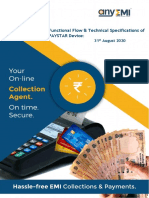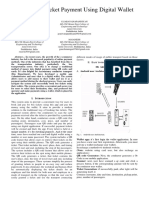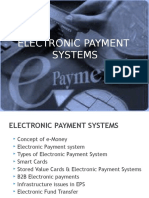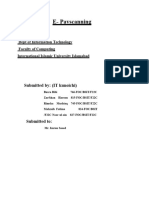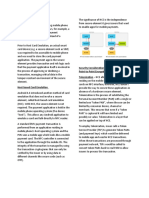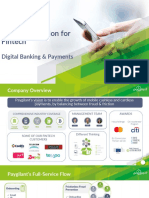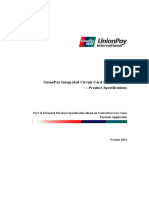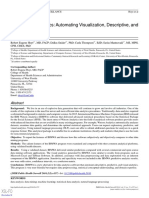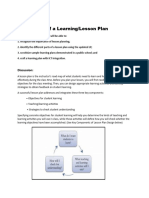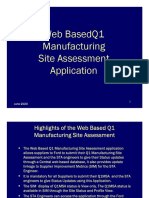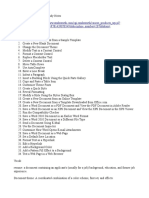0% found this document useful (0 votes)
24 views3 pagesPayment Application
The payment application in ticketing devices is software that securely processes fare payments for public transportation systems. It interacts with various payment media, applies fare rules, and ensures compliance with security standards. Key components include a media reader interface, fare engine, and transaction processing, facilitating both open-loop and closed-loop payment methods.
Uploaded by
Majid ShahidCopyright
© © All Rights Reserved
We take content rights seriously. If you suspect this is your content, claim it here.
Available Formats
Download as DOCX, PDF, TXT or read online on Scribd
0% found this document useful (0 votes)
24 views3 pagesPayment Application
The payment application in ticketing devices is software that securely processes fare payments for public transportation systems. It interacts with various payment media, applies fare rules, and ensures compliance with security standards. Key components include a media reader interface, fare engine, and transaction processing, facilitating both open-loop and closed-loop payment methods.
Uploaded by
Majid ShahidCopyright
© © All Rights Reserved
We take content rights seriously. If you suspect this is your content, claim it here.
Available Formats
Download as DOCX, PDF, TXT or read online on Scribd
/ 3









